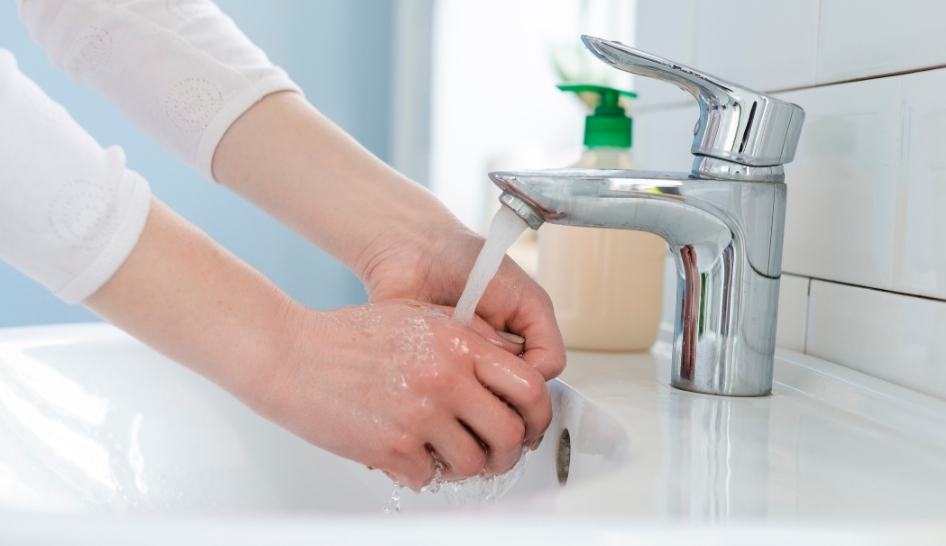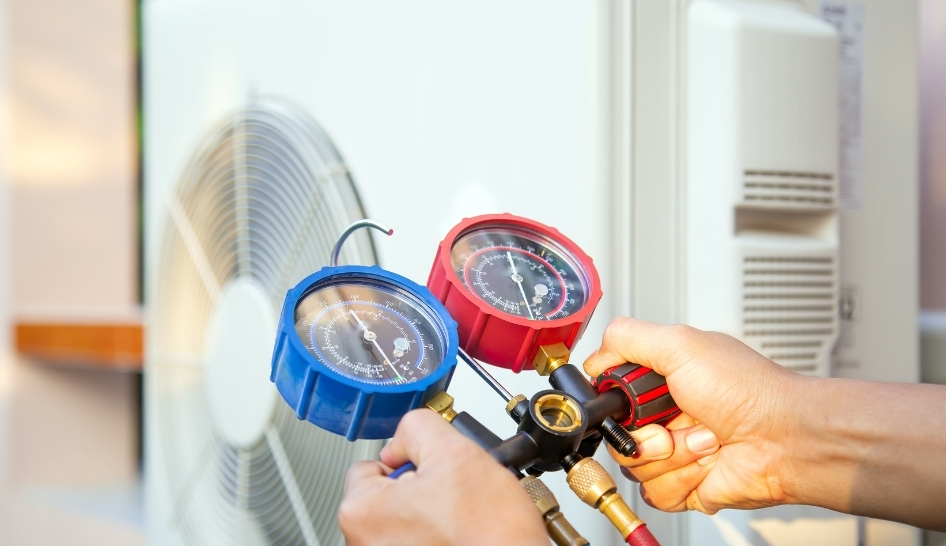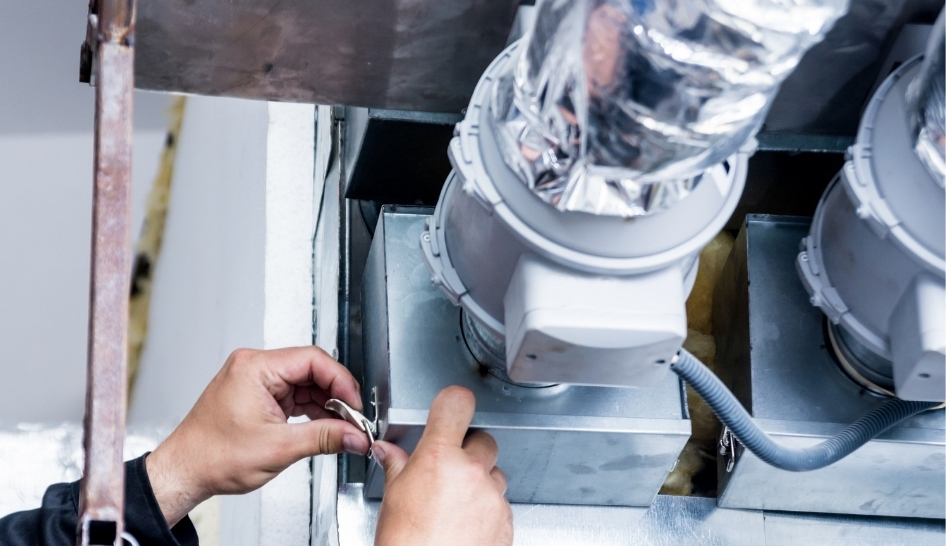Ongoing and emerging research continues to show that SARS-CoV-2, the virus causing COVID-19, is present in aerosols, meaning the virus can spread via airborne particles. Researchers still don’t understand how infectious SARS-CoV-2 present in aerosols are or whether or not it is a significant mode of transportation. Nevertheless, the potential airborne transmission of a virus makes HVAC and filtration systems especially important.
According to the WHO, “A well-maintained and operated [HVAC] system can reduce the spread of COVID-19 in indoor spaces by increasing the rate of air change, reducing recirculation of air and increasing the use of outdoor air.”
Most experts agree that increasing the amount of fresh air intake, maximizing filtration, and implementing enhanced purification strategies like UV-C, in addition to common safety practices like mask wearing and social distancing, can help minimize the density and concentration of COVID-19 in the air.
Four Key Strategies to Reduce Aerosol Spread
Lindsey Marr, professor of civil and environmental engineering at Virginia Tech University, outlined four key strategies to reduce aerosol spread of SARS-CoV-2 indoors in her Plenary Session on The Role of Aerosols in the Transmission of COVID-19 at the American Association of Aerosol Researchers (AAAR) conference.
These are:
- Wearing a mask to help prevent the spread of COVID-19 from person to person. IHRSA details the safety and efficacy of exercising in a mask and highlights some popular performance masks.
- Maintaining social distancing—exceeding six feet or 2 meters depending on the activity—to remove direct contact transmission by limiting contact with respiratory plumes and droplets.
- Ventilation and filtration to dilute virus aerosols, maintaining lower density and concentrations of any present virus in the air.
- Hygiene, including handwashing, which removes the chance for direct and indirect transmission. Cleaning floors and surfaces is also important because settled viral particles can re-aerosolize, putting them back into the air circulation.



